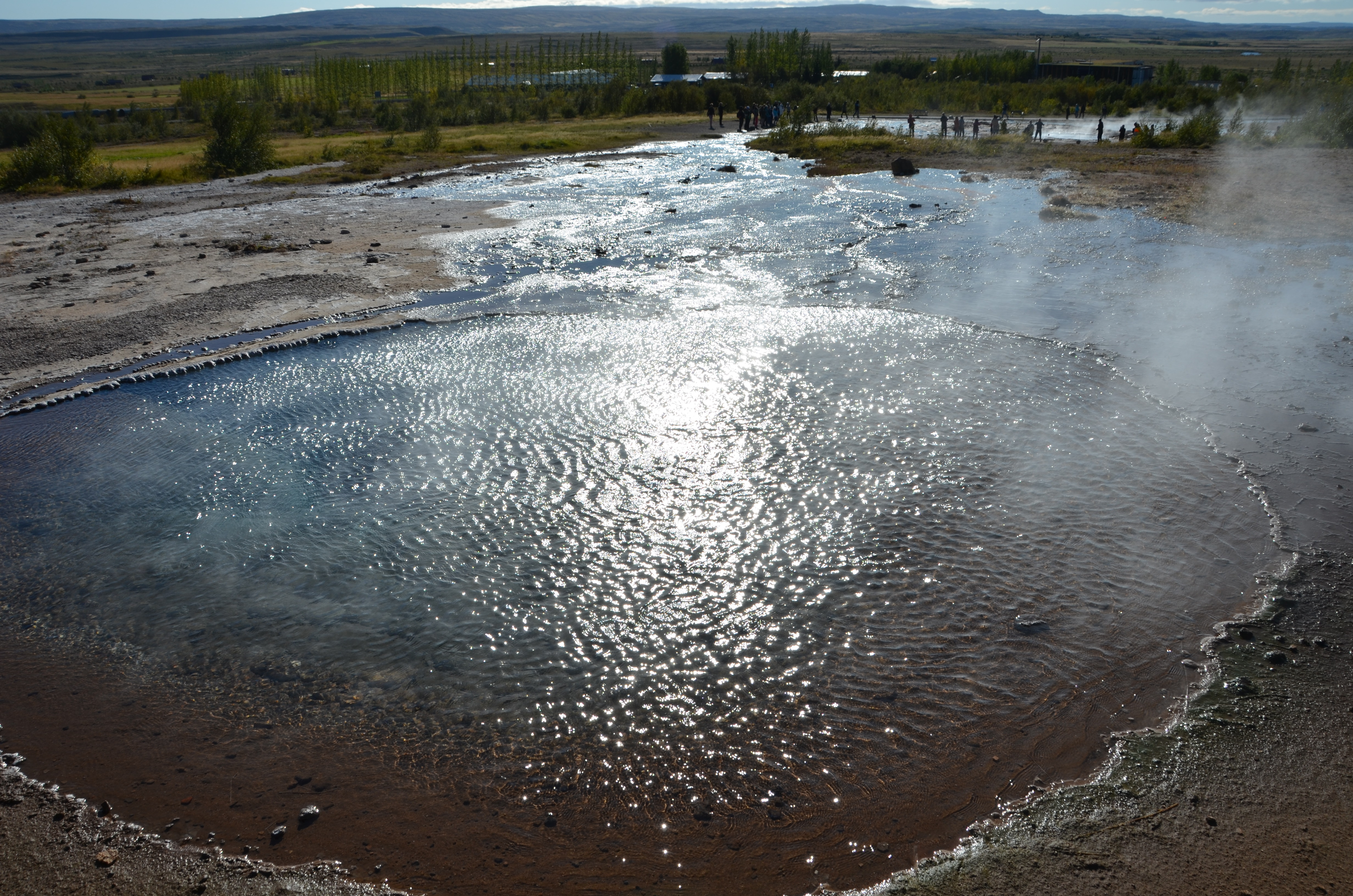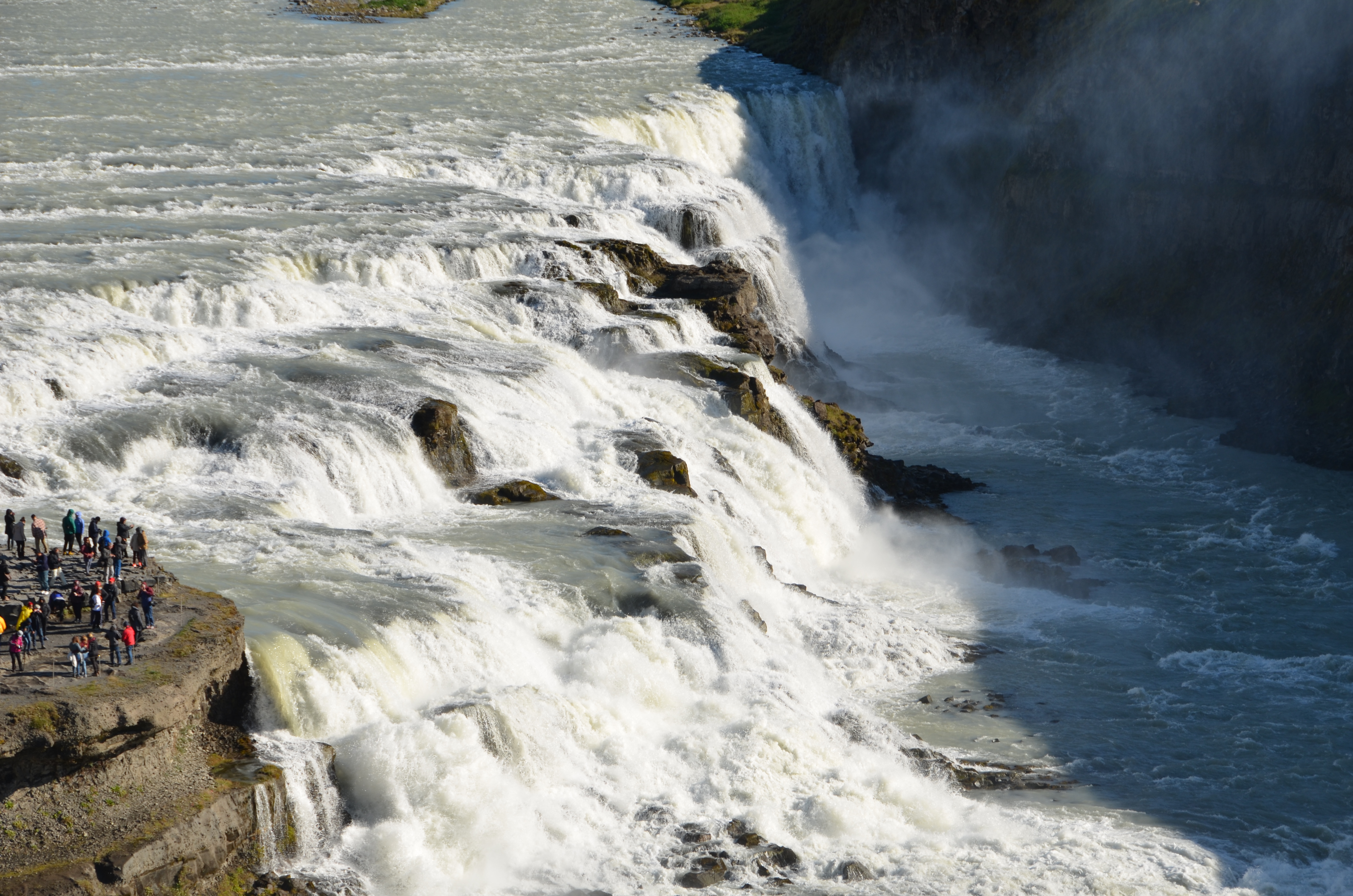Iceland
The geomorphology of this country is fascinating. The earth seems to erupt without warning all around you. There are geysers and volcanoes, crashing waterfalls, geothermal wonders. Ice covers lava flows. Water percolating through the layers takes 100 years to reach the surface.
It reminds me in some ways of Ireland, where there are great features of beauty separated by miles and miles of nothing—scrub and rocks of unfaltering shapes with the occasional sheep and horse (there are about 10 sheep for every Icelander, and horses are extremely highly valued). In the winter, of course, even this barren plain is frequently covered by undifferentiated white.
I find the place austere. Our room—supposedly the best suite in the best hotel in the country—is stark. There isn't a single piece of art on the wall (or in the hotel, with the exception of one public room). It is a manner of living that goes beyond the need to conserve resources and create income for a population of a little over 300,000. It's easy to ascribe it to the Viking mentality which founded the country, but if you watched the TV series The Vikings, even they seemed to have more variety and warmth in their structures.
The people are friendly, the food is good, the service is, well, European, which is to say “We'll put up with you if you put up with us.” But it reminds me of visiting a theme park where you see and experience some wonders—we walked the rift between the tectonic plates of North American and Europe—but then you want to go home. The actual society seems like its “backstage” to the events of nature which have arisen here.
I asked my guide what people do in the remote farms and homes during the winter, when roads are often impassible. “They are content because no one comes to bother them,” he said.








